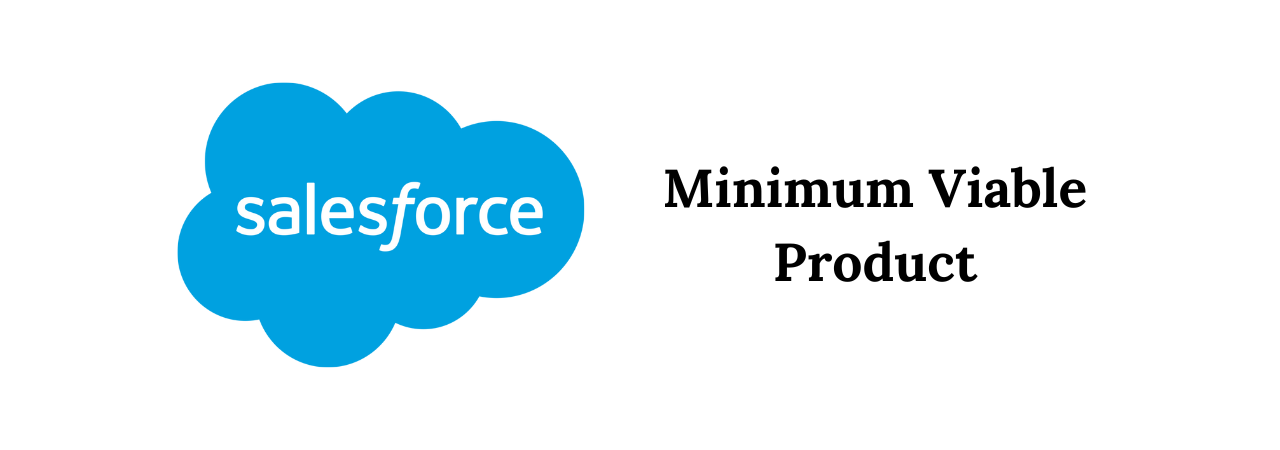
In the context of Salesforce, MVP stands for Minimum Viable Product. It is a concept commonly used in software development and product management, including Salesforce implementation projects.
A Salesforce MVP represents the essential set of features, functionalities, or customizations needed to provide value to end-users and meet the main goals of a Salesforce implementation project. It is the smallest and most basic version of a Salesforce solution that is viable and usable for end-users.
The idea behind the Salesforce MVP concept is to prioritize and focus on delivering the most essential features and functionalities first, rather than trying to build a complex and fully featured solution all at once. By starting with a Salesforce MVP, organizations can quickly deploy a functional solution to end-users, gather feedback, and make iterative improvements based on their needs and requirements.
The Salesforce MVP approach allows organizations to validate their assumptions, test the viability of their solution, and ensure that it aligns with the needs of their users before investing significant time and resources into building additional features or customizations. It also enables organizations to adopt an agile and iterative approach to Salesforce implementation, allowing for flexibility and adaptability to changing business requirements and user feedback.
Why to use Salesforce MVP approach?
The Salesforce MVP (Minimum Viable Product) approach is beneficial for several reasons:
Faster time-to-market:
By focusing on the minimum set of essential features and functionalities, organizations can quickly deploy a functional solution to end-users, reducing the time needed to go live and start realizing value from their Salesforce implementation.
User-centric approach:
Salesforce MVP prioritizes delivering value to end-users by focusing on their immediate needs and requirements. This approach allows organizations to gather feedback from users early in the implementation process and make iterative improvements based on their input, ensuring that the solution aligns with user expectations.
Cost-effective:
By starting with a minimal set of features, organizations can manage implementation costs more effectively. This approach allows them to avoid unnecessary customization or development efforts that may not be immediately required, thus saving time and resources.
Flexibility and adaptability:
Salesforce MVP allows organizations to adopt an agile and iterative approach, enabling them to respond to changing business requirements and user feedback. This flexibility allows for continuous improvement and customization based on evolving needs.
Risk mitigation:
Salesforce MVP helps mitigate risks associated with complex and large-scale implementations. By starting small and gradually building upon a solid foundation, organizations can minimize risks associated with untested assumptions or unclear requirements.
Scalability:
Salesforce MVP provides a scalable foundation that can be expanded upon based on business needs and priorities. This allows organizations to evolve their Salesforce implementation over time, adding new features and functionalities as needed.
In summary, the Salesforce MVP approach offers organizations a user-centric, cost-effective, flexible, and iterative approach to Salesforce implementation, resulting in faster time-to-market, risk mitigation, and scalability.
Shyju Kammadan, CEO & Enterprise Architect , Smaartt
Reference Courtesy : salesforce.com , OpenAI -ChatGPT.

